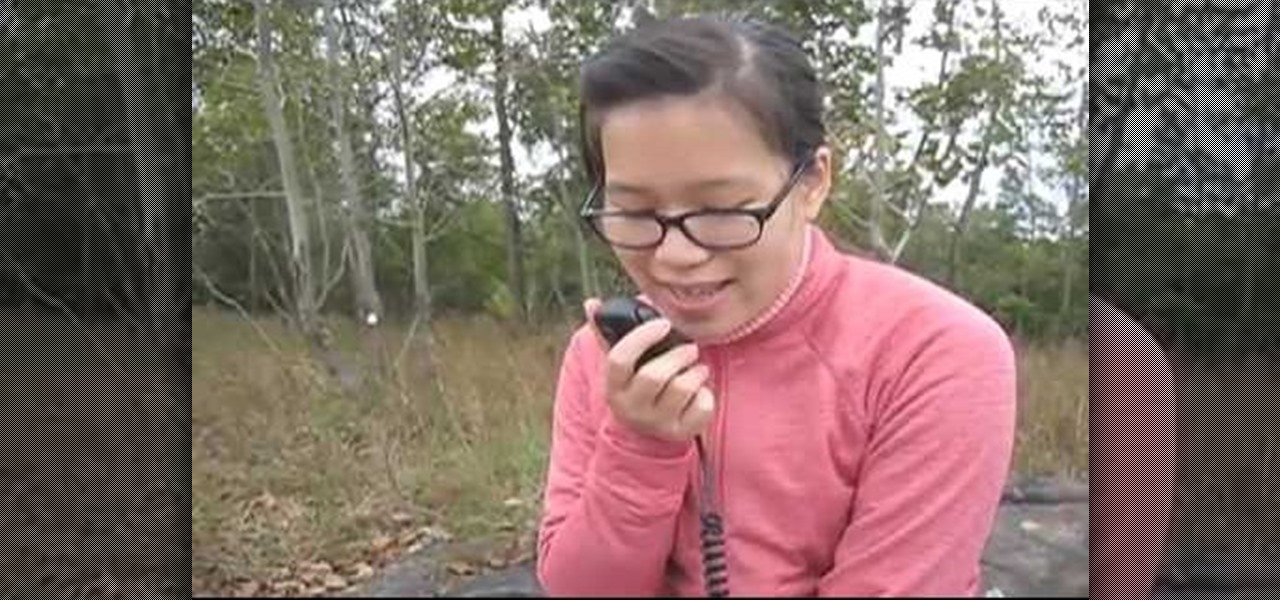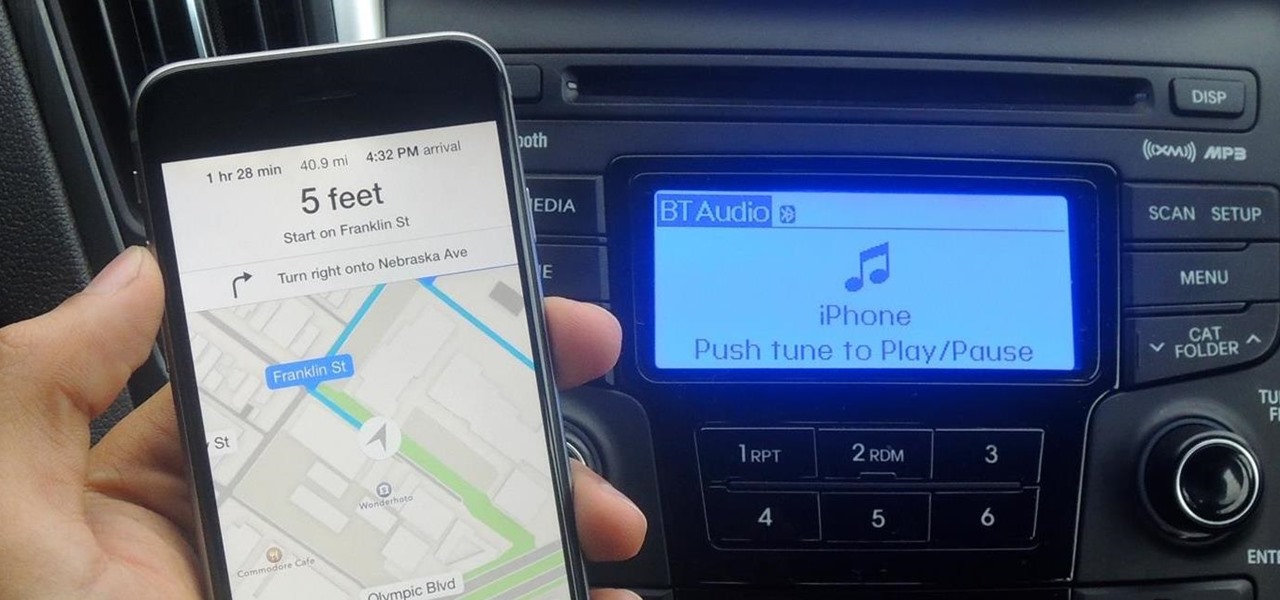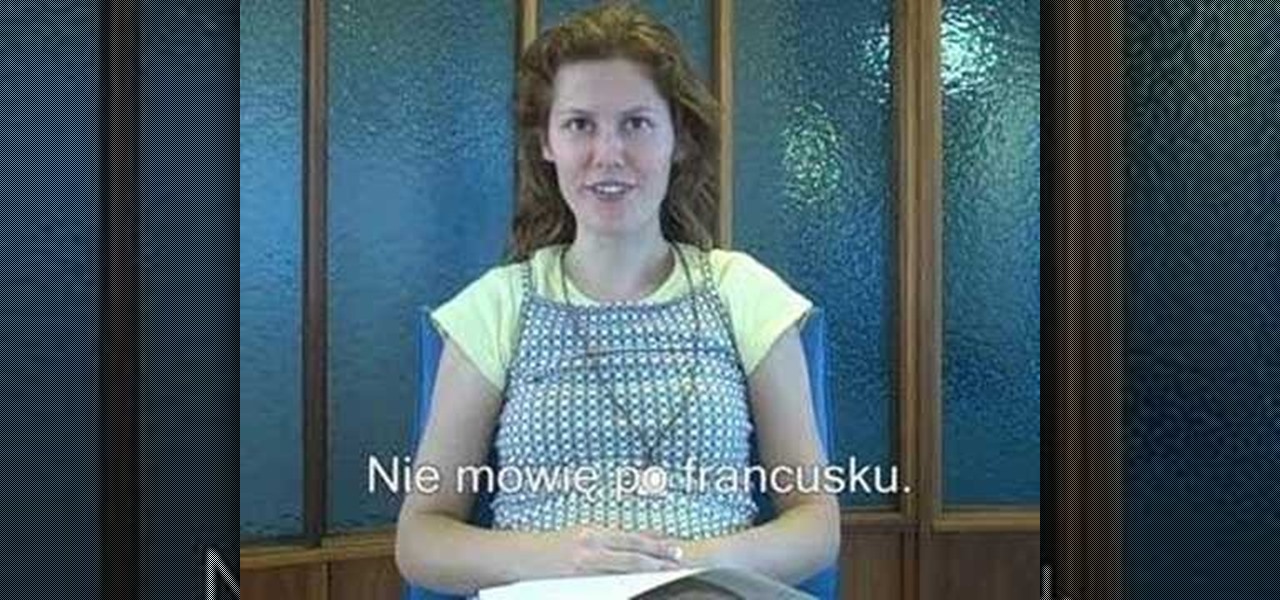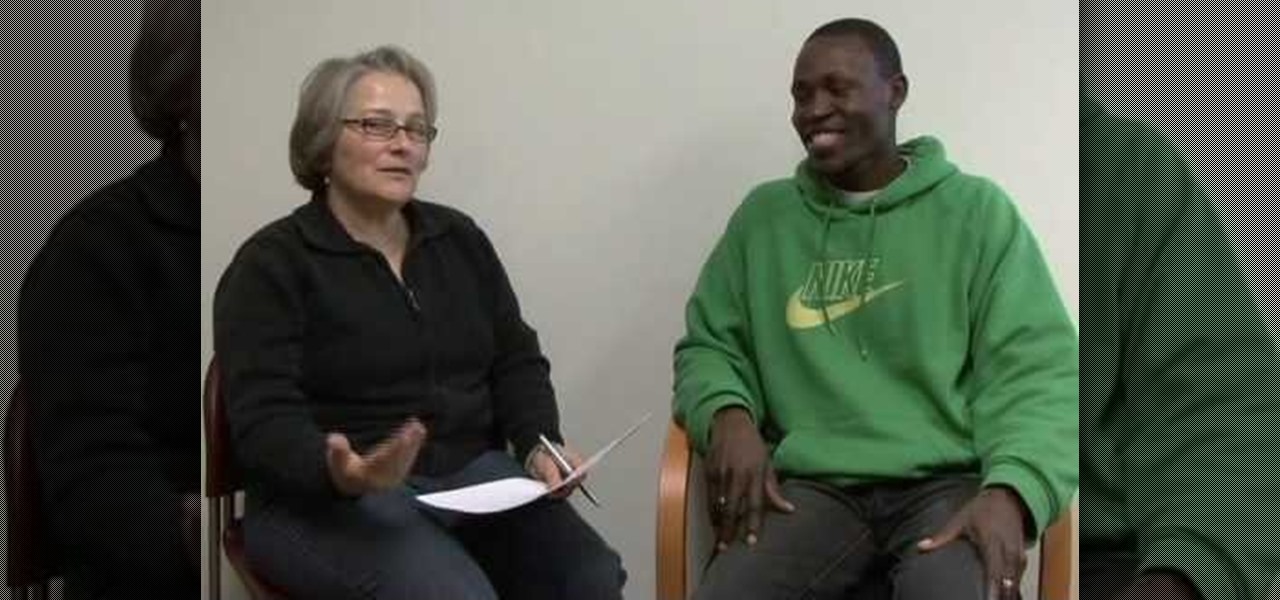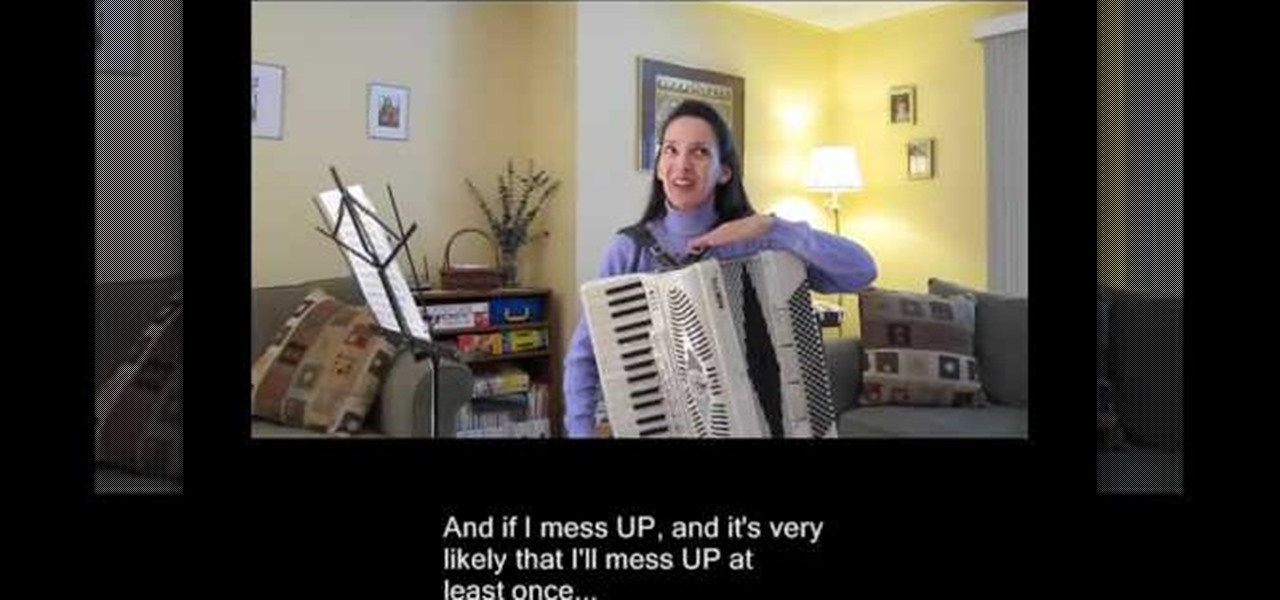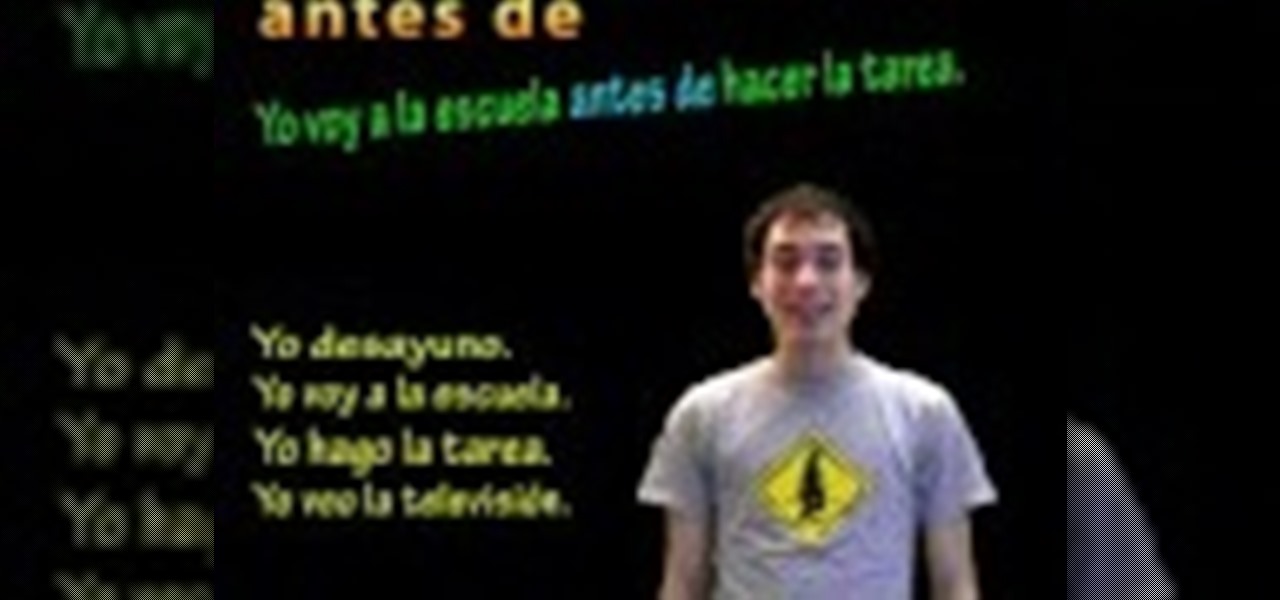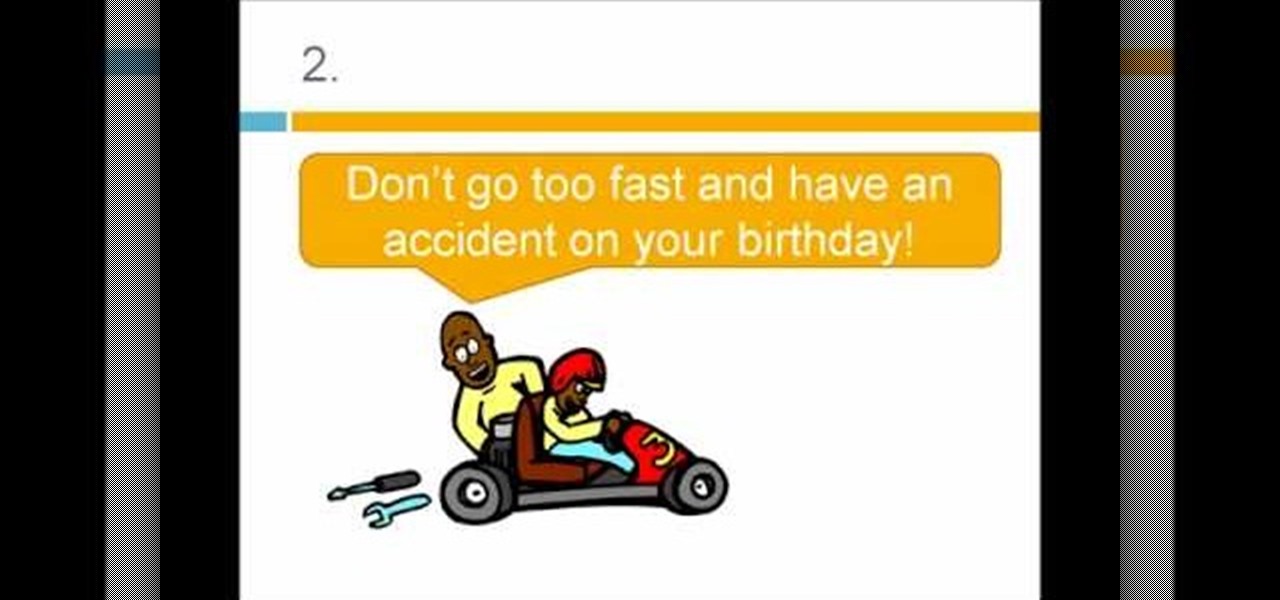
This lesson is part of a series of video language classes which will build a solid foundation for learning how to speak Arabic. The instructor in these instructional videos is a native Arabic speaker who started making his own teaching tutorials in an effort to demonstrate clearly how the language is really spoken back in his home in the Middle East. In this video segment, the instructor will focus on the Arabic letters tha and jeem.

This lesson is part of a series of video language classes which will build a solid foundation for learning how to speak Arabic. The instructor in these instructional videos is a native Arabic speaker who started making his own teaching tutorials in an effort to demonstrate clearly how the language is really spoken back in his home in the Middle East. In this video segment, the instructor will teach the letters and alphabet in Arabic.
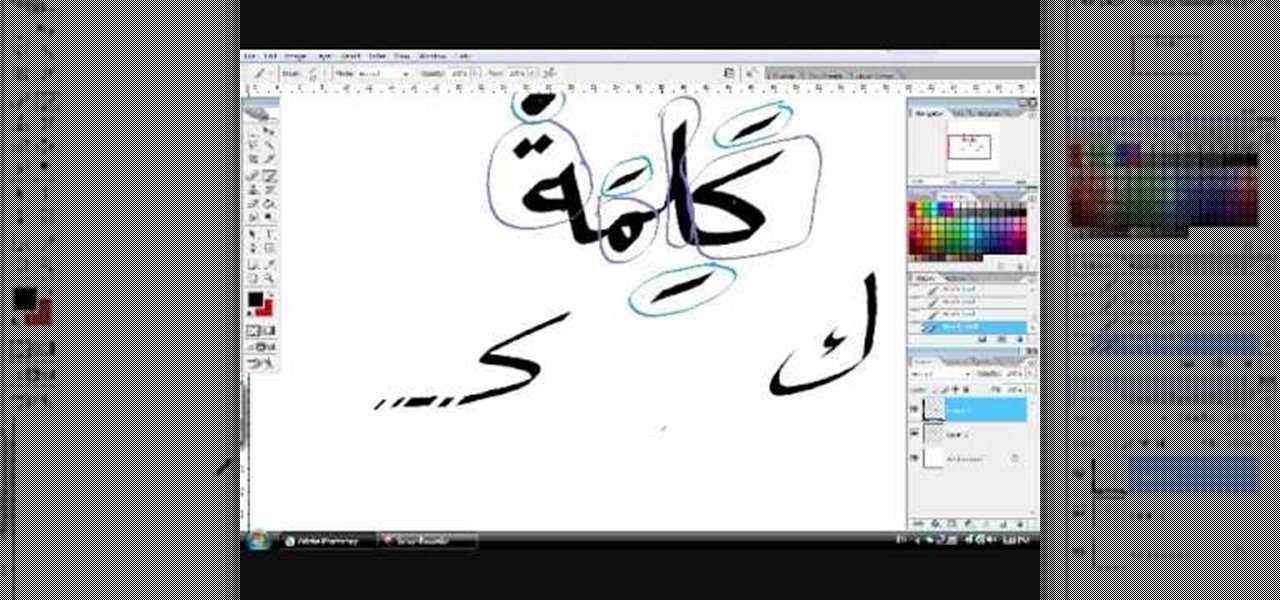
This lesson is part of a series of video language classes which will build a solid foundation for learning how to speak Arabic. The instructor in these instructional videos is a native Arabic speaker who started making his own teaching tutorials in an effort to demonstrate clearly how the language is really spoken back in his home in the Middle East. In this video segment, the instructor will begin teaching the Arabic alphabet and Arabic letters.

Want to speak Pig Latin? Antwa ota peaksa igpa atinla?

Check out this instructional language video to learn to speak Cherokee! In this lesson, learn how to say the words "yes" and "no" in Cherokee. This video is spoken in the Eastern (Giduwa) dialect. This video is great for beginners who want to improve their Cherokee language skills. Practice your Cherokee by learning how to say the words "yes," "no," "maybe," "almost," "ok," "never," "often," "always," "wait," and "next."

Check out this instructional language video to learn how to speak Cherokee! In this lesson, learn how to say Happy Birthday, and how to sing the Happy Birthday song in Cherokee! This video is spoken in the Eastern (Giduwa) dialect. This video is great for beginners who want to improve their Cherokee language skills. Practice your Cherokee by learning how to sing the Happy Birthday song!

Planning a visit to China? These phrases may come in handy. Even if not, Mandarin Chinese is the most widely spoken language in the world, so it couldn't hurt to know a few phrases. Watch this video language tutorial and learn some basic Mandarin Chinese phrases.

Learn how to say "Do you speak English?" in Polish.

Learn how to say "I do not speak German or French or Italian or Spanish." in Spanish.

Learn how to say "Do you speak English?" in Spanish.

There is no English in this lesson but sometimes that is the best way to learn! Follow along and learn how to speak Spanish with a detailed yet intermediate class based on pictures.

We will be setting up a portable radio in the mountains. It will be established in a clearing with available rocks for setup. The equipment we will be using is a Yaso radio with microphone and headphone, coaxial cable, slight line and weight, 13.5 battery pack, 2o and 40 meter antenna, pen and paper to record contacts.

Right out of the box, iPhone is incredibly easy to use. If you want to get the most out of every feature, you’ve come to the right place. This video tutorial straight from Apple will teach you how to make calls and use voicemail on the Apple iPhone 3G. The iPhone redefines what a mobile phone can do.

Modern smartphones can easily handle anything you throw at them, but it's always good to keep a tight grasp of what your phone is actually doing and how well it's doing it. System information can be viewed by looking through your Application Manager, but this process makes it difficult to keep an eye on usage in real time.

Maps is great for getting turn-by-turn directions in unfamiliar territory, but how many times does your favorite song have to be rudely interrupted by that navigation voice telling you to turn left or right? Yes, you need those spoken directions to get to where you're going, but you also need to hear every part of your song, right?

In this video Patricia Stark shows how to display voice mail confidence. Studies show that it takes only three seconds for somebody to size you up over the phone. You can know a lot about the person speaking on the other end of the phone and so you need to sound very confident while speaking to other persons. It is proved that when you smile when you are speaking on the phone it changes the whole delivery of your tone and if you are sitting there carelessly it will be reflected in your voice....

Do you constantly let people walk all over you? Go from doormat to dominator with this advice. You Will Need

Learn how to conjugate the French verb "parler" (to speak) in the present tense

You could go out and buy a bike, but what fun would that be? Make your own! One main step in making a bike is lacing your wheel. In this great two-part video you will learn how to lace the drive side and non drive side spokes on a rear 32 wheel with the right patterns. Mike goes into great detail on which holes to lace first and what patterns work the best.

Are your Arabic skills lacking? In this video, you'll learn how to speak and write the numbers one hundred through nine hundred in Arabic. After a few tries, your accent will be so convincing people will mistake you for a native. Try it out!

Attention Tolkien fans... Ever wanted to learn to speak Elf? In this video, learn the vowels, consonants, numbers, and how to write your name in "Elvish".

This lesson is part of a series of video language classes which will build a solid foundation for learning how to speak Arabic. The instructor in these instructional videos is a native Arabic speaker who started making his own teaching tutorials in an effort to demonstrate clearly how the language is really spoken back in his home in the Middle East. In this video segment, the instructor will focus on accent marks in the Arabic alphabet.

Learn how to say "I don't speak Italian" in Polish.

Learn how to say "I don't speak French" in Polish.

Want to know what he's really thinking? Watch Love U to learn the language of man speak! This will save you time and heartache.

Watch this one minute instructional video on how to speak basic words in Irish Gaelic.

Watch this one minute instructional video on how to speak Polish.

Are your relatives coming over for Thanksgiving? It's probably hard enough entertaining the adults with conversation while trying to keep the kids from drawing on your walls, and probably even harder when some of your relatives only speak a foreign language that you don't speak.

Need to color correct your photos and you're not sure how? In this video, the basics of RGB and CMYK colors are discussed as well as how to use them to color correct everything from everyday snapshots to portrait photographs. By using the eyedropper and the info palette to read the colors in the photos, you can then color correct. Based on the CMYK read out of the color sample targets, you can then adjust the color channels using a curves adjustment to achieve the kind of colors you'd like. A...

In this video from pxmedia Lisa and Lionel teach us how to say basic greetings and more in Haitian Creole. Some basic greetings that are gone over here are "Hello", "How are you", and the various responses to that question. "What is your name" is another question they translate. And "My name is". "Please" and "thank you" are next to be discussed along with "You're welcome." "Excuse me", and "bye" are next up. Two important things are "I cannot speak Creole" and "Do you speak English?" Next to...

When using Group FaceTime with more than a handful of people, all of those participants in one chat can be difficult to follow. That's why Apple automatically enlarges the tiles for people who are currently speaking, bringing them into the forefront. However, all of that zooming in and out can get pretty distracting, and now there's a way to disable it whenever you need to.

This video gives tips on how to improve your speaking in public and on camera abilities.

This instructional video provides insight into the English language to teach people who are learning to speak English how to pronounce phrasal verbs. A phrasal verb is a verb + a particle, such as "drive up", "end up", and "drive back". The video shows viewers how these phrasal verbs are used in a sentence as well as what these phrases mean. In terms of pronunciation, there are three basic patterns which are discussed to show where the words are stressed in the context of a sentence which are...

In this tutorial, we learn how to speak Spanish: Antes de / despues de + verb. If you want to say "I eat breakfast before I go to school" you will say "yo desayuno antes de ir a la escuela". You will change a verb in the phrase depending on where it is placed in the sentence. If you change this same example sentence around, it will sound different in the Spanish version of the same exact sentence than the original. To express the opposite idea, you will change the end of the verb to state the...

In this tutorial, we learn how to speak English: Imperatives or reporting verbs. Imperative sentences are sentences like "open it!", where you are asking someone to perform an action. You can also say this in a nice fashion, asking "please open it". There are many different forms of imperative sentences, which include: commands/orders, directions, instructions, requests, and warnings. All of these different types of sentences are asking someone to do something, just changing up the way they d...

In this tutorial, we learn how to speak English using the true "t" and the flap "t". You will notice as you say different words in English that have the letter "T" that it sounds differently depending on the word it is in. The words "batter" and "latter" have a different sound to them than "hearty" and "thirty". Look at two words with the letters in them and find which one has the flap T in it. Say these words out loud so you can better hear what the different in the pronunciation is. This le...

In this video, we learn how to speak Spanish using present tense AR verbs. "Nosotros" means "we", "nosotras" means we as well, it's just talking about a female while the other is talking about a male. Common "ar" verbs include: necesitar, patinar, practicar, terminar, tocar, trabajar, nadar, hablar. These mean (in order): to need, to skate, to practice, to fish, to play, to work, to swim, and to talk. When you are talking about a male, female, or group of people you need to change the last pa...

In this free video language lesson, you'll learn how to ask an Italian person if they speak English: "Parli inglese?" While Italian isn't necessarily a very difficult language for an English-speaker to learn, many stumble when it comes to pronunciation. Fortunately, the Internet is awash in clips like this one, which make learning both vocabulary and proper pronunciation a very easy task. For more information, and to get started using this useful Italian phrase yourself, watch this video guide.

In this video, JD, from Tying It All Together, demonstrates how to tie a knot known as a "Ringbolt Hitch". This is also known as "coxcombing". This type of knot was once a common tie used by sailors to dress-up items and parts of their ships. When tying a wheel, a "Turk's Head" knot was used to cover the part of the wheel where the two ends of the ring bolt met, which would firm up the hitch, and help to keep the tied ends from unraveling. It is a nautical tradition to use this type of knot t...

Learn English with Mr. Duncan as he provides basic grammar instruction and speaks in basic English phrases. Check out this English language tutorial to learn the English phonetic alphabet. Some people think that this is a helpful tool for improving spoken English, while others feel that phonetics slows down the process of learning English and makes it dull and boring! Regardless, this language lesson is perfect for ESL students or anyone looking to improve their English pronunciation skills. ...













